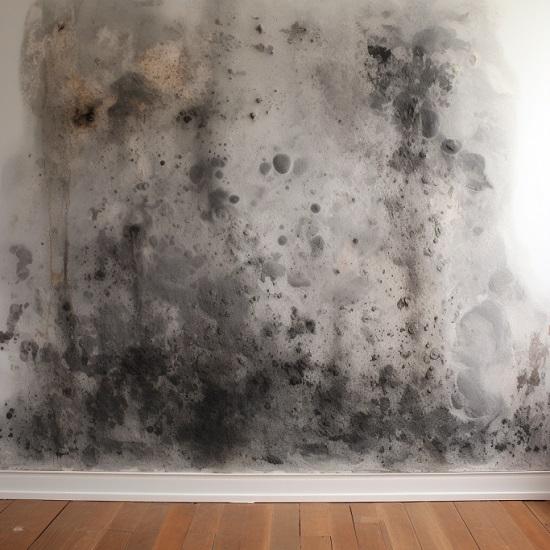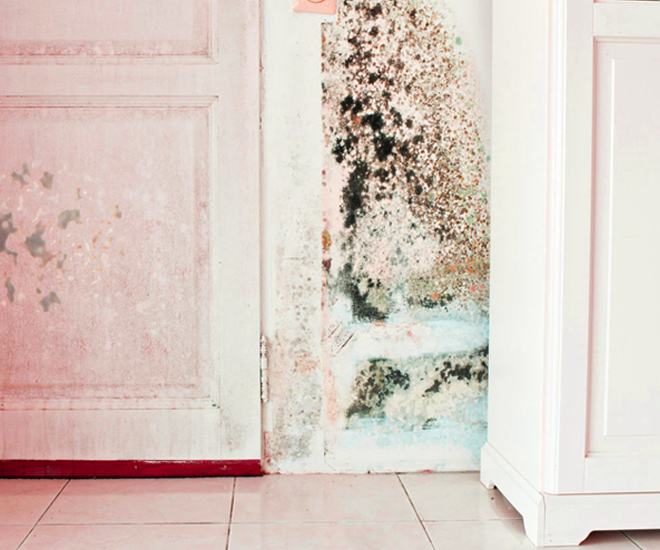After Mold Remediation Techniques for Tidy Spaces
After Mold Remediation Techniques for Tidy Spaces
Blog Article
Your Ultimate Overview to Post Mold And Mildew Remediation Techniques
Browsing the realm of post-mold removal methods is a careful process that requires attention to detail and a comprehensive understanding of the details involved. In the aftermath of mold and mildew invasion, knowing how to effectively get rid of the mold and mildew and prevent its reoccurrence is paramount for maintaining a healthy and balanced indoor setting. From choosing the ideal cleaning and decontaminating techniques to implementing methods for long-lasting mold avoidance, each step in the remediation journey plays a crucial duty in guaranteeing a successful end result. As we begin on this expedition of post-mold remediation techniques, we will certainly uncover the vital techniques and ideal methods that can help you recover your space to its pre-mold condition and secure it against future mold and mildew threats.
Understanding Post-Mold Remediation Process
After completing the mold and mildew remediation procedure, it is critical to comprehend the post-mold removal techniques that are essential to make certain a comprehensive and reliable cleaning. When the mold has been eliminated, the next step includes cleaning and decontaminating the impacted locations to avoid any type of regrowth of mold.
Furthermore, carrying out a final evaluation post-remediation is crucial to make certain that all mold has actually been effectively gotten rid of. If the evaluation discloses any kind of sticking around mold and mildew, additional removal might be required.
Reliable Cleaning Up and Decontaminating Techniques

Preventing Future Mold Development

Significance of Proper Air Flow
Correct air flow plays an essential role in protecting against dampness buildup, a vital consider mold development within indoor settings. Efficient air flow systems help get rid of excess humidity from the air, lowering the possibilities of mold spores locating the dampness they need to germinate and spread. Without adequate air flow, indoor spaces can become a breeding place for mold and mildew, bring about possible health threats and structural damage.
By guaranteeing correct air circulation, air flow systems can likewise assist in drying out damp locations faster after water damages or flooding occurrences, additionally hindering mold development. what to do after mold remediation. In rooms like restrooms, attic rooms, kitchen areas, and basements where wetness levels tend to be greater, mounting and keeping efficient air flow systems is crucial in preventing mold infestations

Monitoring and Upkeep Tips
Provided the reference essential function that correct air flow plays in protecting against mold and mildew growth, it is imperative to develop effective tracking and upkeep pointers to make sure the continued capability of ventilation systems. Surveillance moisture degrees within the residential or commercial property is also essential, as high humidity can add to mold growth. By staying positive and attentive to the problem of ventilation systems, residential property proprietors can efficiently minimize the threat of mold and mildew regrowth and keep a healthy interior atmosphere.
Final Thought
In verdict, post-mold removal methods are necessary for guaranteeing a safe and clean atmosphere. Comprehending the procedure, implementing efficient cleaning and disinfecting methods, protecting against future mold development, keeping appropriate ventilation, and normal monitoring are all vital action in the removal procedure. By following these standards, you can effectively get rid of mold and avoid its return, working or promoting a healthy living room for all owners.
In the aftermath of mold and mildew invasion, knowing how to effectively eliminate the mold and prevent its reoccurrence is extremely important for keeping a healthy and balanced indoor atmosphere. Once the mold has actually been eliminated, the following step entails cleaning and decontaminating the influenced areas to prevent any type of her response regrowth of mold - what to do after mold remediation. After getting rid of visible mold and mildew growth, it is crucial to cleanse all surface areas in the afflicted location to eliminate any type of continuing to be mold and mildew spores. To additionally boost mold and mildew avoidance steps, it is important to deal with underlying problems that at first led to mold and mildew development.Offered the crucial role that correct air flow plays in preventing mold development, it is necessary to develop reliable tracking and upkeep tips to make certain the continued performance of ventilation systems
Report this page